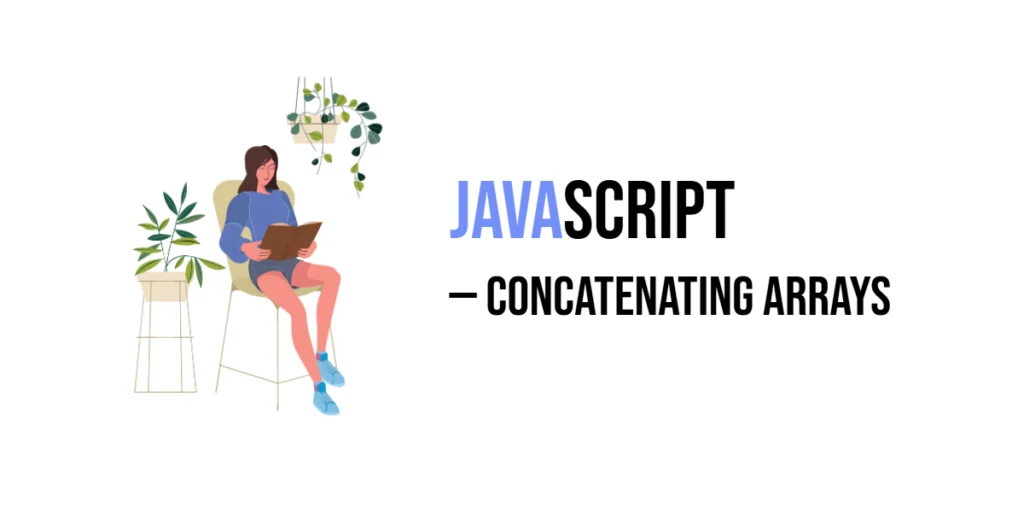Arrays are one of the most fundamental data structures in C programming. They allow you to store multiple values of the same type in a single variable. One common task when working with arrays is finding the largest element. This is an important skill for beginners because it teaches how to iterate over arrays, compare values, and use conditional statements effectively. In this tutorial, we will write a complete C program to find the largest element in an array and explain each step in detail.

with hands-on learning.
get the skills and confidence to land your next move.
Understanding how to find the largest element in an array also helps you learn how memory is organized for arrays and how loops work in C. This program will guide you through reading an array from the user, traversing the array to compare each element, and keeping track of the maximum value. By the end of this tutorial, you will be able to apply the same logic to solve similar problems such as finding the smallest element, calculating sums, or performing other operations on arrays.
Understanding the Problem
The task is to find the largest number in an array of integers. We start by assuming the first number is the largest. Then we go through the rest of the array one element at a time. If we find a number that is bigger than the current largest, we update the value. When the loop finishes, the variable will hold the biggest number in the array.
This problem is useful for beginners because it shows how to use loops to repeat steps, if-statements to make decisions, and variables to keep track of values. These are basic skills needed for solving many problems in C programming.
Method 1: Iterative Method
The most straightforward way to find the largest element is by using a simple loop. The idea is to assume that the first element is the largest, then check every other element one by one. If a bigger number is found, we update the largest value. This method only requires a single pass through the array, making it both efficient and easy to understand.
#include <stdio.h>
int main() {
int n, i, largest;
printf("Enter the number of elements in the array: ");
scanf("%d", &n);
int arr[n];
printf("Enter %d elements: ", n);
for(i = 0; i < n; i++) {
scanf("%d", &arr[i]);
}
largest = arr[0]; // Assume the first element is the largest
for(i = 1; i < n; i++) {
// Update largest if arr[i] is greater
if(arr[i] > largest) {
largest = arr[i];
}
}
printf("The largest element in the array is: %d\n", largest);
return 0;
}This method is widely used in practice because it is simple and efficient. It runs in linear time and does not need extra memory.
Method 2: Recursive Method
Recursion provides a different, more mathematical way of solving the problem. Instead of looping through the array, we break the problem into smaller subproblems. If the array has only one element, then that element is the largest. Otherwise, we find the largest in the rest of the array and compare it with the current element.
#include <stdio.h>
int findLargest(int arr[], int n) {
if (n == 1) {
return arr[0];
}
int maxOfRest = findLargest(arr, n - 1);
return (arr[n - 1] > maxOfRest) ? arr[n - 1] : maxOfRest;
}
int main() {
int n, i;
printf("Enter the number of elements in the array: ");
scanf("%d", &n);
int arr[n];
printf("Enter %d elements: ", n);
for (i = 0; i < n; i++) {
scanf("%d", &arr[i]);
}
int largest = findLargest(arr, n);
printf("The largest element in the array is: %d\n", largest);
return 0;
}This recursive style is elegant and works well for educational purposes, but it uses more memory because each recursive call adds to the call stack. For very large arrays, this could become inefficient.
Method 3: Sorting Method
Another way to find the largest element is by sorting the array first and then selecting the last element. After sorting, the array will be arranged in ascending order, so the maximum value will naturally appear at the end.
#include <stdio.h>
void bubbleSort(int arr[], int n) {
int i, j, temp;
for (i = 0; i < n - 1; i++) {
for (j = 0; j < n - i - 1; j++) {
if (arr[j] > arr[j + 1]) {
temp = arr[j];
arr[j] = arr[j + 1];
arr[j + 1] = temp;
}
}
}
}
int main() {
int n, i;
printf("Enter the number of elements in the array: ");
scanf("%d", &n);
int arr[n];
printf("Enter %d elements: ", n);
for (i = 0; i < n; i++) {
scanf("%d", &arr[i]);
}
bubbleSort(arr, n);
printf("The largest element in the array is: %d\n", arr[n - 1]);
return 0;
}Although sorting works, it is slower than the other methods if we only need the maximum element. However, it can be useful if we also want the array in order for other operations.
Comparing the Approaches
The iterative loop approach is the most practical and efficient. It goes through the array once, takes constant extra space, and gives the result quickly. Recursion offers a neat way to think about the problem and can be useful when combined with other recursive solutions, but it uses more memory and can lead to stack overflow in very large arrays. Sorting, on the other hand, is best when we need more than just the maximum. If we want the array arranged for later processing, sorting provides that while also giving the largest element as a by-product.
To sum it up: iteration is the best choice for efficiency, recursion is a good exercise for learning, and sorting is helpful when order matters. Each method shows us a different way of thinking, and together they highlight the flexibility of solving problems in C.
Common Beginner Mistakes
When finding the largest element in an array, beginners often run into these issues:
- Forgetting to start the loop from the second element. Comparing the first element with itself is unnecessary and may lead to confusion.
- Not initializing
largestwith the first element of the array, which can cause incorrect results or undefined behavior. - Entering the wrong number of elements or writing the wrong loop condition, which may cause runtime errors.
Always initialize properly, check loop boundaries, and handle input carefully for accurate results.
FAQs
Q1: Can this program handle negative numbers?
Yes, the program works for both positive and negative integers because the comparison logic works regardless of the sign of the numbers.
Q2: Can we find the largest element in a float array?
Yes, you can use the same logic for an array of floating-point numbers. Just declare the array and largest variable as float instead of int.
Q3: What if the array is empty?
If the array is empty, you cannot find the largest element. Always ensure that the array has at least one element before running this program.
Q4: Can we use a function to find the largest element?
Yes, you can write a separate function that takes an array and its size as arguments and returns the largest element. This is a good practice for modular programming.
Conclusion
Finding the largest element in an array is a basic but essential skill in C programming. This program teaches how to iterate over arrays, compare values, and keep track of the maximum value efficiently. Practice this concept with different types of arrays and numbers to strengthen your understanding. Once you are comfortable, you can apply similar logic to other problems like finding the smallest element, calculating sums, or searching for specific values in an array.
References & Additional Resources
- Kernighan, Brian W., and Dennis M. Ritchie. The C Programming Language. 2nd Edition, Prentice Hall, 1988.
- GeeksforGeeks: Find the Largest Element in an Array – Detailed explanation with examples.
- TutorialsPoint: C Arrays – Guide to using arrays in C.
- Programiz: C Programming Examples – Collection of beginner-friendly C programs.
- Stack Overflow: Find Maximum Value in Array – Discussion on array maximum techniques.







